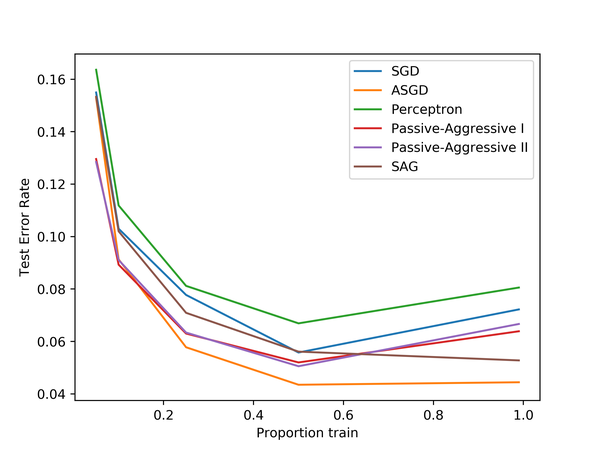Understanding and Calculating the Loan to Value (LTV) Ratio for Mortgage Success
Guide or Summary:What is the Loan to Value Ratio?Why is the LTV Ratio Important?How to Calculate the LTV RatioLeveraging the LTV Ratio for Better Mortgage O……
Guide or Summary:
- What is the Loan to Value Ratio?
- Why is the LTV Ratio Important?
- How to Calculate the LTV Ratio
- Leveraging the LTV Ratio for Better Mortgage Outcomes
In the world of real estate and finance, the Loan to Value (LTV) ratio is a critical factor that can significantly impact your mortgage options and overall financial health. This comprehensive guide delves into the intricacies of LTV calculation, offering insights into how this ratio is determined, why it matters, and how you can leverage it to secure the best mortgage deals.
What is the Loan to Value Ratio?
The LTV ratio is a financial measurement that compares the amount of a loan to the value of the property being purchased. It is expressed as a percentage, calculated by dividing the loan amount by the property's appraised value. For instance, if you have a $200,000 loan and the property's value is $250,000, your LTV ratio would be 80% ($200,000 / $250,000).
Why is the LTV Ratio Important?
The LTV ratio plays a pivotal role in several aspects of mortgage financing:
1. **Mortgage Approval**: Lenders use the LTV ratio to determine the risk associated with lending you money. Generally, a higher LTV ratio indicates a higher risk, as the lender is lending a larger portion of the property's value. Therefore, the lower your LTV ratio, the more likely you are to be approved for a mortgage.
2. **Down Payment Requirements**: The LTV ratio directly influences the amount of money you need to put down as a down payment. In most cases, lenders require borrowers to contribute a percentage of the property's value as a down payment. The higher the LTV ratio, the smaller the required down payment, and vice versa.

3. **Interest Rates**: Lenders may offer different interest rates based on your LTV ratio. Typically, those with lower LTV ratios qualify for better interest rates, as they are perceived as lower risks. Conversely, those with higher LTV ratios may face higher interest rates.
How to Calculate the LTV Ratio
To calculate your LTV ratio, follow these simple steps:
1. **Determine the Loan Amount**: This is the total amount you plan to borrow.
2. **Find the Property's Appraised Value**: The appraised value is the estimated market value of the property, determined by a professional appraiser.

3. **Divide the Loan Amount by the Property's Appraised Value**: This will give you the LTV ratio, expressed as a percentage.
For example, if your loan amount is $200,000 and the property's appraised value is $250,000, your LTV ratio would be 80% ($200,000 / $250,000).
Leveraging the LTV Ratio for Better Mortgage Outcomes
To optimize your mortgage options, consider the following strategies:
1. **Save for a Larger Down Payment**: Reducing your LTV ratio by increasing your down payment can make you a more attractive borrower to lenders. This can lead to lower interest rates and more favorable loan terms.

2. **Choose the Right Property**: Selecting a property that appraises for more than its list price can help you secure a lower LTV ratio, assuming the loan amount remains the same.
3. **Explore Different Loan Programs**: Different loan programs have varying requirements for LTV ratios. Researching and comparing different programs can help you find the best fit for your financial situation.
In conclusion, understanding and calculating the Loan to Value (LTV) ratio is essential for anyone navigating the complex landscape of mortgage financing. By leveraging this ratio effectively, you can improve your chances of securing favorable loan terms and achieving your homeownership goals. Whether you're a first-time buyer or looking to refinance, a solid grasp of LTV calculations can be a powerful tool in your financial arsenal.